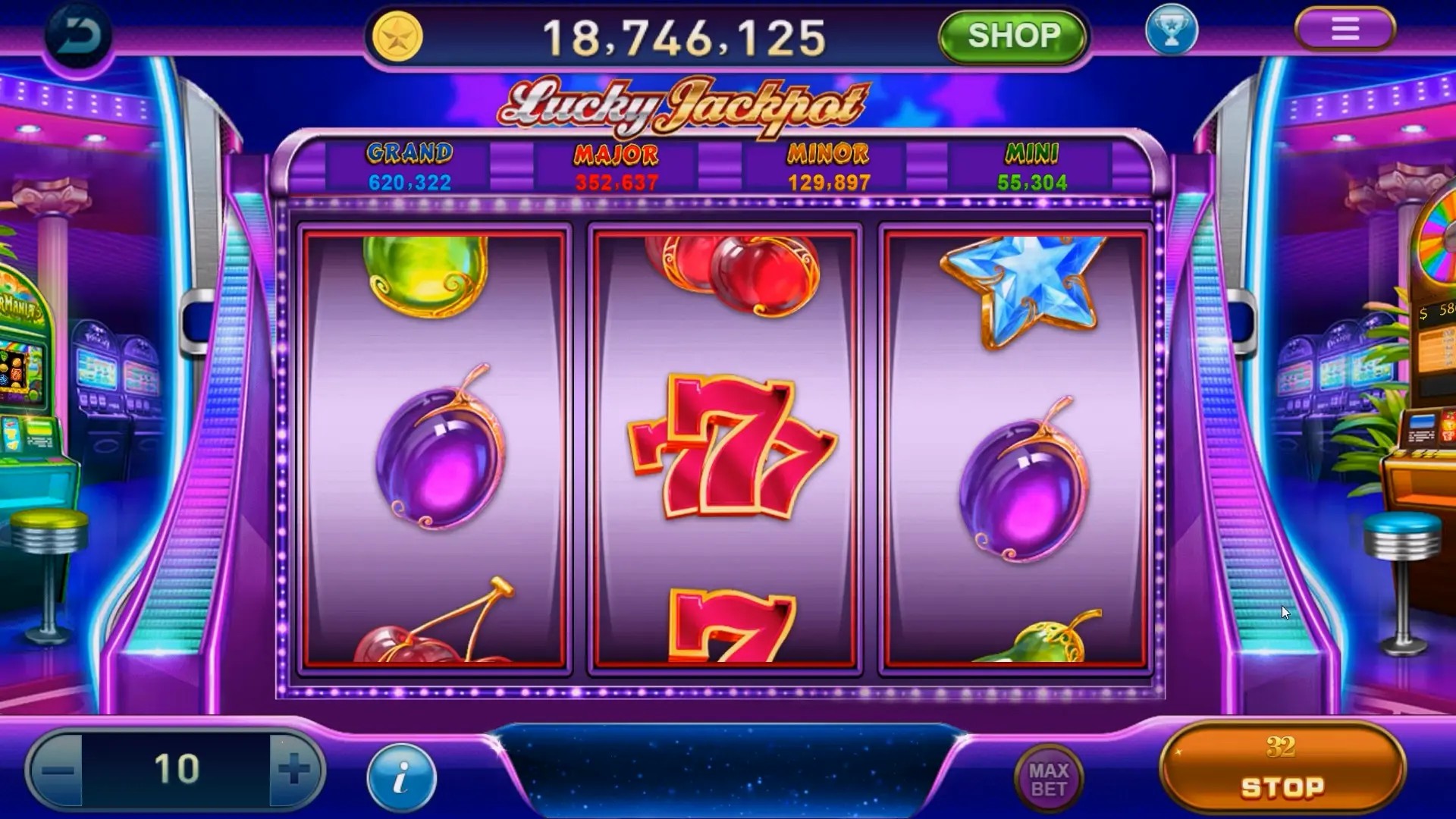Why RPG Games Are Revolutionizing Building Games: A Deep Dive into Gameplay Innovation
The gaming industry has seen a remarkable shift over the years, particularly with the rise of Role-Playing Games (RPGs). Their intricate storytelling and immersive experiences have undoubtedly left an indelible mark on various gaming genres. Among those profoundly influenced are building games, which have adapted and evolved thanks to the dynamic mechanics introduced by RPGs. This article explores how RPG games are changing the landscape of building games, fueling innovation and driving engagement. We'll also touch upon EA Sports FC news, which highlights the intersection of gaming genres and how they cater to a diverse audience.
Understanding RPG Games
Role-Playing Games (RPGs) are characterized by their focus on character development, storytelling, and world-building. Players often assume the roles of characters, making decisions that affect the game’s narrative. This genre encourages exploration, granting players the freedom to define their path, build skills, and interact with richly crafted worlds.
Building Games: A New Frontier
Building games allow players to create and design their environments. These games range from sandbox styles, like Minecraft, to more structured games like Fortnite. The appeal lies in creativity, where players can build remarkable structures, landscapes, and even entire worlds. With RPG influences, building games have started to adopt innovative gameplay mechanics.
Key Innovations Through RPG Integration
RPGs introduce several features that significantly enhance the building game experience. With their innate focus on adventure and exploration, RPGs add layers of narrative and complexities that building games can leverage. Here’s how:
- Quests and Objectives: Introducing missions within building games provides players with goals beyond mere construction.
- Character Development: Players can grow their avatars, influencing how they interact with the constructed environment.
- Resource Management: RPGs often require the gathering of materials, a mechanic easily translated to building games, necessitating strategic resource management.
- Community and Multiplayer Aspects: RPGs are known for their vibrant communities, and building games increasingly adopt collaborative elements allowing multiple players to share their creations.
Examples of RPG Influence on Building Games
Several games exemplify how RPG elements transform the building experience:
| Game Title | RPG Elements | Building Features |
|---|---|---|
| Minecraft | Adventure Mode, Experience Points | Extensive Building Tools, Redstone Mechanics |
| Terraria | Character Classes, Loot Systems | Complex Crafting, Dungeon Designs |
| No Man's Sky | Exploration, Resource Gathering | Planetary Base Building, Freighter Improvements |
Player Engagement: The New Norm
The integration of RPG elements into building games not only enhances gameplay but also significantly boosts player engagement. Players are no longer just builders; they become adventurers with stories to tell. Quests and role-playing aspects provide an incentive to explore beyond just construction. Players are driven to work towards unlocking new abilities and features, allowing for a deeper immersion.
The Community Aspect
RPGs foster a sense of community, and building games have begun embracing this culture. Players create and share their work, allowing for collaborative projects and co-op play. Examples include:
- Sharing Blueprints: Players can share their builds for others to use and adapt.
- Group Projects: Communities often come together to build sprawling cities or replicate notable landmarks.
- Competitive Events: Many games host contests where players can showcase their skills and creativity.
Challenges Faced in Integrating RPG Elements
While the benefits are substantial, integrating RPG elements into building games comes with its challenges:
- Balancing Creativity and Objectives: Encouraging exploration while providing structure can be tricky.
- Resource Scarcity: Too much emphasis on resource management can detract from the creative process.
- Technical Constraints: Not all platforms can easily support the additional complexity of RPG mechanics.
The Future of Building Games
Looking ahead, the trend of incorporating RPG elements into building games seems poised to continue growing. Players crave richer gameplay experiences, meaning that developers will likely keep innovating. Future titles may further enhance collaboration, community-driven content, and blend genres even more seamlessly.
Noteworthy Inspirations from PS2 RPG Games
The PS2 RPG games best have laid a foundation for many mechanics seen today in both RPGs and building games. Titles like Final Fantasy X and Kingdom Hearts introduced players to captivating narratives coupled with character progression, which resonate well in modern game development.
Conclusion
The intersection of RPGs and building games marks a transformative shift within the gaming community. As these genres converge, players are gifted a multifaceted experience that enhances creativity, storytelling, and engagement. The potential for future innovations is vast, promising a continual evolution of what players can expect from their gaming experiences. Whether it's through ambitious quests or budding friendships formed within vast worlds, the revolution has only just begun.



